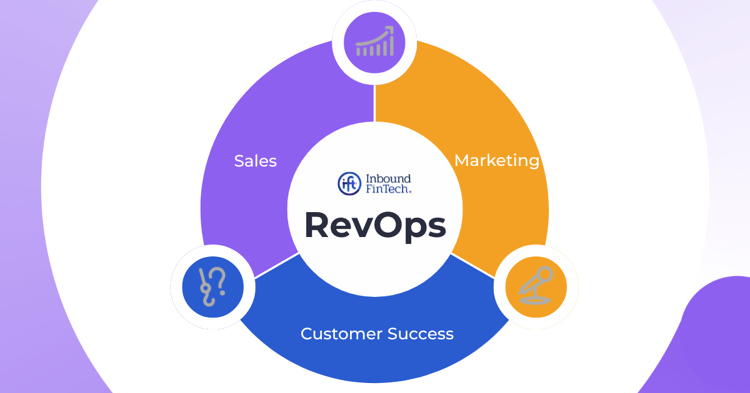In today’s competitive landscape, innovation is more than just a buzzword; it’s the heartbeat of successful businesses. While many organizations invest in technology and research to stay ahead, they often overlook a crucial driver of progress: business learning. At its core, learning is the catalyst for creativity and the foundation of any groundbreaking idea. Whether through structured training, self-guided study, or experiential learning, organizations that prioritize learning-driven innovation are more adaptable, resilient, and better equipped to navigate change.
Understanding the Link Between Learning and Innovation
Innovation doesn’t occur in isolation. It’s a cumulative process built on curiosity, knowledge, and a willingness to explore uncharted territories. Business learning—the continuous acquisition of skills, knowledge, and insights specific to the industry—is fundamental to this process. When employees and leaders alike are engaged in active learning, they’re exposed to new perspectives, emerging trends, and evolving technologies. This awareness helps them identify opportunities to solve problems in novel ways, pushing the boundaries of what’s possible.
The concept of fostering innovation through education has gained traction as companies realize the importance of a well-informed workforce. By investing in employee development programs, organizations equip their teams with the knowledge and skills needed to drive transformative change. Training programs, workshops, and mentorship all contribute to building a workforce that is both skilled and inspired, ready to think outside the box.
Fostering Innovation Through a Culture of Learning
Creating an environment that supports learning-driven innovation requires a shift in organizational mindset. Rather than treating learning as a one-off event or a box to be checked, companies that aim to foster innovation should embed learning into their culture. This means encouraging curiosity, supporting skill development, and recognizing the value of diverse perspectives.
When learning is deeply ingrained in a company’s culture, employees feel empowered to experiment, even if it means risking failure. This freedom to explore without fear of repercussions is critical for fostering creativity and ingenuity. As employees engage in continuous learning, they acquire a toolkit of ideas and methods that they can apply to their daily work, sparking innovations that may otherwise go undiscovered.
For instance, consider a company that prioritizes continuous learning for business growth. By offering its employees access to online courses, industry seminars, and internal workshops, the company creates an ecosystem where knowledge flows freely. Employees are not just learning to perform their jobs better; they’re gaining insights that can be applied to new projects, product designs, and problem-solving initiatives. This continuous learning loop is what allows companies to stay agile and responsive, ready to adapt to an ever-evolving market.
Continuous Learning: A Pathway to Sustained Business Growth
Innovation isn’t a one-time achievement; it’s an ongoing journey. Businesses that thrive in the long term are those that commit to continuous learning for business growth. Through constant education and upskilling, companies keep their teams sharp, ensuring that they can anticipate and react to changes before they become obstacles. This proactive approach allows companies to not only keep pace with industry shifts but also to set trends themselves.
The need for continuous learning has never been more pressing. With rapid technological advances and shifting consumer expectations, businesses must adapt quickly to stay relevant. Business learning provides the foundation for this adaptability by equipping employees with the latest knowledge and skills. When employees are consistently learning, they bring fresh ideas to the table, helping the organization stay innovative and competitive.
Moreover, continuous learning fuels individual growth, which in turn drives collective success. As employees acquire new competencies, they become more effective in their roles and are better prepared to contribute to larger strategic goals. In this way, learning isn’t just an investment in people; it’s an investment in the company’s future.
Learning-Driven Innovation in Action
Some of the most innovative companies in the world attribute their success to a strong learning culture. For example, Google’s “20% time” initiative, which allows employees to spend a portion of their workweek on projects outside their standard responsibilities, has led to some of the company’s most notable innovations, including Gmail and Google Maps. This approach highlights how fostering innovation through education and encouraging exploration can yield remarkable results.
In other cases, companies have created innovation labs, where employees can experiment with new ideas and technologies. These labs are often accompanied by extensive training programs that focus on skills like design thinking, data analysis, and customer psychology. By integrating business learning with hands-on experimentation, these companies create a powerful synergy that drives learning-driven innovation.
Even in smaller organizations, the emphasis on learning can have a profound impact. A small business that invests in leadership training, for example, may see its managers introduce more effective team-building and productivity techniques, which can cascade into improvements across the organization. When all team members are encouraged to learn and grow, innovation becomes a natural byproduct of day-to-day operations.
Practical Steps for Embracing Business Learning to Drive Innovation
For companies seeking to harness the power of business learning to fuel innovation, there are several practical steps to consider:
- Invest in Training Programs: Offering targeted training programs on skills relevant to your industry can equip employees with the tools they need to innovate. Focus on both hard and soft skills, from technical know-how to creative problem-solving.
- Encourage Cross-Departmental Collaboration: Often, the most innovative ideas emerge when people from different areas of the business collaborate. Encourage employees from various departments to work together and learn from each other, creating a diverse pool of ideas and perspectives.
- Leverage Technology for Learning: Online platforms, webinars, and digital courses make learning accessible and convenient. Make use of these resources to ensure your team stays updated on industry trends and advances.
- Create a Feedback Loop: Regularly solicit feedback from employees on what they’re learning and how it applies to their work. This feedback can help refine your learning initiatives, making them more effective in fostering innovation.
- Reward Curiosity and Experimentation: Recognize and reward employees who take the initiative to learn and apply new concepts. This not only motivates individual growth but also reinforces a company-wide culture of innovation.
Conclusion
In a rapidly changing world, business learning stands as a powerful tool for driving innovation. Companies that prioritize continuous learning for business growth are not just staying current; they’re leading the way. By fostering a culture that encourages learning-driven innovation and fostering innovation through education, businesses create an environment where creativity can flourish, adaptability is second nature, and groundbreaking ideas are born.
The journey to innovation doesn’t require magic; it requires a commitment to growth, a dedication to knowledge, and the willingness to explore. By embracing these principles, any business can turn business learning into its greatest asset, unlocking potential, sparking new ideas, and paving the way for a bright, innovative future.



More Stories
Why Business Learning is Key to Staying Ahead
How Business Learning Helps You Adapt and Thrive
Boost Your Business With Expert Learning Strategies